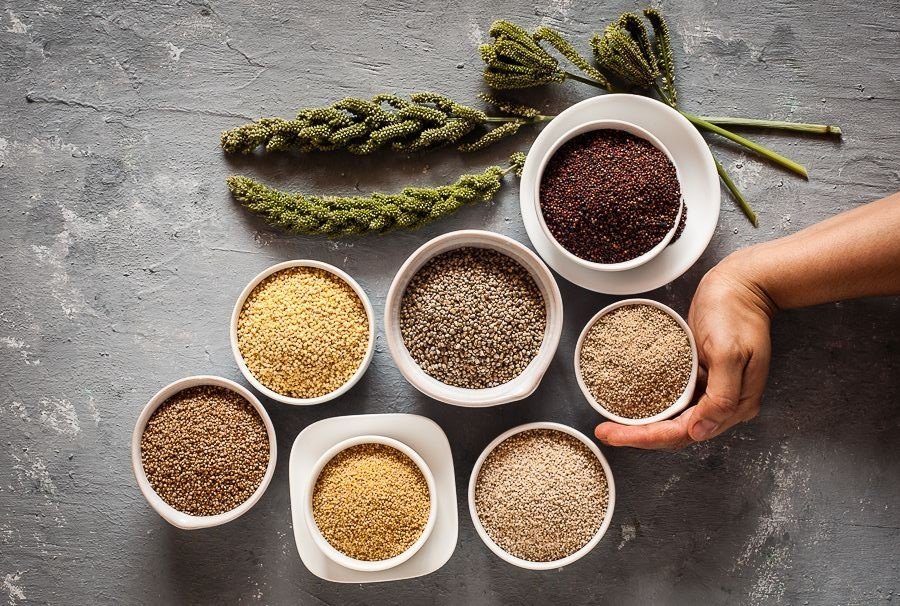“WHEN FOOD IS WRONG, MEDICINE IS OF NO USE.
WHEN FOOD IS RIGHT, MEDICINE IS OF NO NEED.”
– Dr. Khadar Valli (Millet man of India)
Introduction
In a world where health and nutrition are becoming top priorities, millets are making a powerful comeback. Once considered the humble grain of rural kitchens, millets are now gaining global attention as superfoods packed with nutrients and health benefits. These ancient grains—like ragi (finger millet), jowar (sorghum), bajra (pearl millet), foxtail millet, and others—are not only rich in fiber, protein, and essential minerals but are also gluten-free and easy to digest.
With rising concerns about lifestyle diseases like diabetes, obesity, and heart problems, many nutritionists and doctors are recommending millets as a healthier alternative to refined grains like white rice and wheat. Grown mostly in dry regions of India, millets are also environmentally sustainable, requiring less water and fewer chemical inputs.
History of Millets
Cereal cultivation dates back 10,000 years to the Fertile Crescent (modern-day Iraq, Syria, Israel). Wheat and barley were among the first cultivated crops, marking the Neolithic Revolution and the dawn of agriculture.
Cereals are among the most fundamental food staples in human life. They serve as the dietary backbone across cultures worldwide. Rich in essential nutrients, cereals provide a significant portion of daily energy requirements for humans.
Siridhanya, also known as Positive Millets, are a group of ancient Indian grains that offer incredible health benefits. These include Foxtail millet (Navane), Barnyard millet (Oodalu), Kodo millet (Araka), Little millet (Saame), and Brown top millet (Korale).
Definition of Millets
Cereals are grains derived from plants belonging to the Poaceae (grass) family. Commonly referred to as grains or cereals, they are a primary source of starch, making them a vital energy source.
Nutritional Value of Millets
Cereals are carbohydrate-rich but also provide other essential nutrients:
- Carbohydrates: 60-80% (mainly starch)
- Proteins: 7-15%
- Fats: 1-5%
- Vitamins: B-complex, Vitamin E
- Minerals: Iron, magnesium, zinc, selenium
- Fiber: 2-12% (mostly in bran)
Major Types of Millets
1. Foxtail Millet:
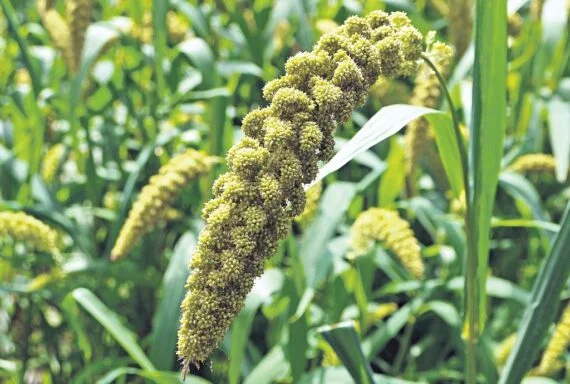
Foxtail millet, with its slightly sweet and mildly bitter taste, is an incredibly nutritious grain and a powerhouse of health benefits. Known as a balanced food, it contains 12% protein and 8% fiber, making it ideal for people of all ages — from children to pregnant women and the elderly.
Key Nutrients in Foxtail Millet:
Protein – Supports muscle repair, growth, and immunity.
Dietary Fiber – Promotes gut health, prevents constipation.
Iron – Combats anemia and boosts hemoglobin.
Calcium & Phosphorus – Strengthens bones and teeth.
Magnesium & Manganese – Vital for nerve function and metabolism.
Antioxidants – Fight free radicals and reduce inflammation.
Major Health Benefits of Foxtail Millet:
- Controls Blood Sugar: Perfect for diabetics, foxtail millet helps regulate blood glucose levels naturally.
- Lowers Cholesterol: Its fiber content helps reduce LDL (bad cholesterol), promoting heart health.
- Supports Women’s Health: Aids in managing pregnancy-related constipation, anemia, obesity, arthritis, menstrual disorders, and even burns.
- Boosts Child Development: Rich in protein, iron, and minerals, it supports growth, brain health, and immunity in children.
- Manages Seizures & Nerve Disorders: Traditionally used to reduce convulsions and nerve weakness, especially in children suffering from high fevers.
- Digestive Wellness: Effective in treating stomachaches, burning urination, diarrhea, and loss of appetite.
- Traditional Fever Remedy: In rural areas, elders recommended foxtail millet gruel for fever recovery, which helped boost energy and immunity.
- Fights Anemia: Its high iron and protein content naturally improve red blood cell production.
- Protects Lung Health: Especially beneficial for lung cancer patients; cleanses lung tissue and supports respiratory function.
- Fights Chronic Conditions: Plays a role in managing Parkinson’s disease, asthma, skin diseases, abdominal cancer, and mouth cancer.
2. Kodo Millet:
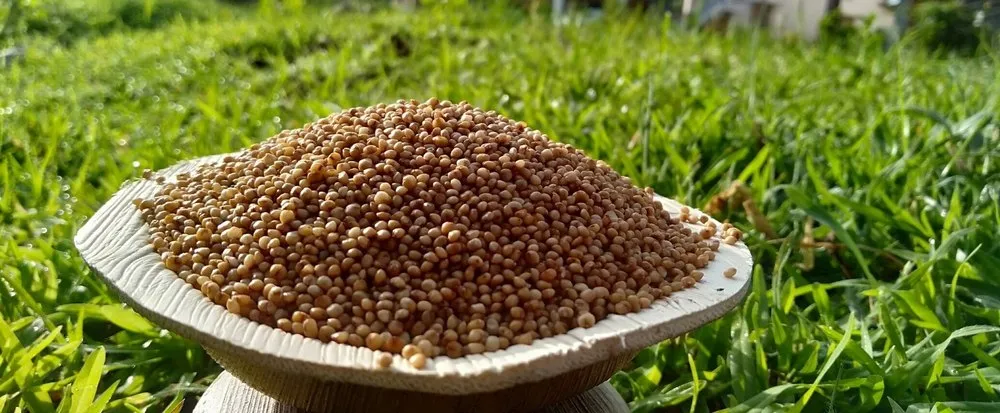
Kodo millet is a nutritious ancient grain with a sweet, slightly bitter, and acrid taste. Rich in fiber, minerals, and antioxidants, this millet has long been valued in Indian traditional diets for its powerful health benefits. It’s especially beneficial for those battling lifestyle-related diseases and chronic health issues.
Top Nutritional Features
High in fiber – supports digestion and weight loss
Loaded with vitamins and essential minerals
Contains potent antioxidants
A rich source of natural energy
Gluten-free and easy to digest
Health Benefits of Kodo Millet
- Purifies Blood & Enhances Immunity
Kodo millet helps detoxify the body and strengthens the immune system, making it a great option for regular consumption. - Fights Anemia & Diabetes
Its iron-rich content improves hemoglobin levels, while its low glycemic index helps control blood sugar levels naturally. - Improves Digestion & Relieves Constipation
The high fiber content promotes bowel regularity and reduces bloating and discomfort. - Promotes Deep, Restful Sleep
Traditionally used to enhance mental relaxation and support better sleep quality. - Boosts Bone Marrow Health & Kidney Function
Supports the generation of healthy blood cells and assists in detoxifying kidneys. - Treats Asthma & Prostate Issues
Helps reduce respiratory inflammation and supports urinary tract health, including prostate care. - Cancer-Protective Properties
Known to aid in preventing or managing: Blood cancer Intestinal, pancreatic, and liver cancers Thyroid and throat-related cancers - Ideal for Children
Rich in essential nutrients that promote growth, immunity, and brain development. - Great for Athletes & Active Individuals
Provides long-lasting energy for sprints and physical exertion without sugar spikes. - Complete Nutrition with Pulses
When consumed with legumes like Bengal gram or cowpea, it delivers all essential amino acids for a complete meal. - Weight Management & Detoxification
High fiber aids fat metabolism and helps reduce body weight and bloating. - Reduces Inflammation & Joint Pain
Acts as an anti-inflammatory — the flour can even be applied topically to reduce swelling. - Supports Women’s Health
Especially effective for women with irregular menstruation, hormonal imbalances, and diabetes-related complications such as gangrene. - Post-Illness Recovery Food
A nourishing choice for people recovering from dengue, typhoid, and viral fevers, restoring strength and stamina.
Tip: For maximum benefits, consume Kodo millet with a combination of pulses and vegetables. It can be made into khichdi, porridge, dosa, or even upma.
3. Barnyard Millet:
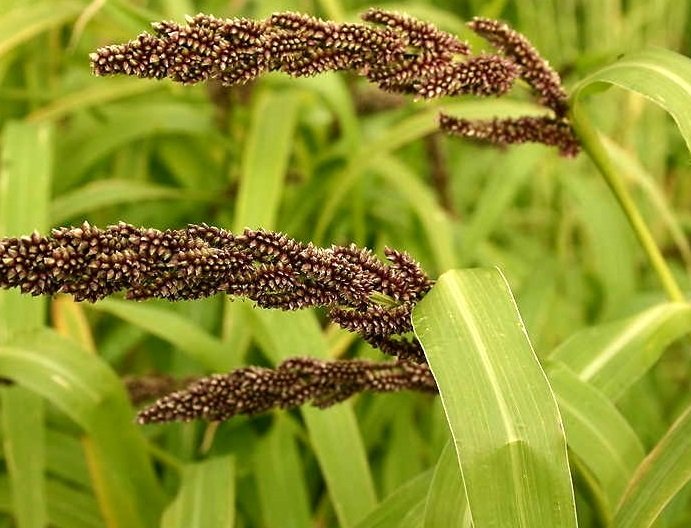
Barnyard millet, with its naturally sweet taste, is a nutritious grain packed with health benefits. It is light on the stomach, easy to digest, and known for its powerful healing properties. From improving digestion to supporting liver and thyroid health, this millet is a true superfood.
Why Barnyard Millet Deserves a Place in Your Diet
- Supports Thyroid and Pancreas Health
Barnyard millet is known to nourish the thyroid and pancreas, helping to balance hormones and regulate body functions. - Controls Diabetes and Relieves Constipation
Thanks to its high fiber content, this millet helps control blood sugar levels and promotes smooth digestion, making it a great choice for diabetics and those suffering from constipation. - Cleanses Internal Organs
It aids in flushing out toxins from the liver, kidneys, and gallbladder, and supports the health of endocrine glands. - Boosts Liver Strength and Fights Jaundice
Traditionally used to recover from jaundice, this millet strengthens the liver and aids in long-term recovery from liver-related issues. - Helps in Cancer Recovery
Barnyard millet is believed to offer protection from certain types of cancer, including:- Ovarian and uterine cancer
- Intestinal and liver cancer
- Spleen-related issues
- Trusted During Pregnancy and Postpartum
In regions like Uttarakhand and Nepal, pregnant and new mothers are given barnyard millet dishes because it:- Increases iron levels
- Reduces anemia
- Helps boost breast milk production
- Perfect for Fasting and Spiritual Cleansing
In North India, this millet is commonly eaten during religious fasts as it is light, energizing, and easy to digest. - Ideal for Sedentary Lifestyles
People who sit for long hours at work can benefit from this millet, as it provides energy without making the body feel heavy. - Improves Immunity and Regulates Body Temperature
Barnyard millet helps the body maintain a stable temperature and boosts resistance power, especially useful during seasonal changes or recovery from illness.
How to Eat Barnyard Millet
Use it as a rice substitute
Make porridge, khichdi, or upma
Prepare millet flour rotis
Add to soups or light meals for easy digestion
Final Thoughts:
Barnyard millet isn’t just another grain — it’s a traditional healing food with modern-day benefits. Whether you’re looking to manage diabetes, recover from illness, or just eat healthier, this millet is a gentle yet powerful choice.
4. Little Millet:
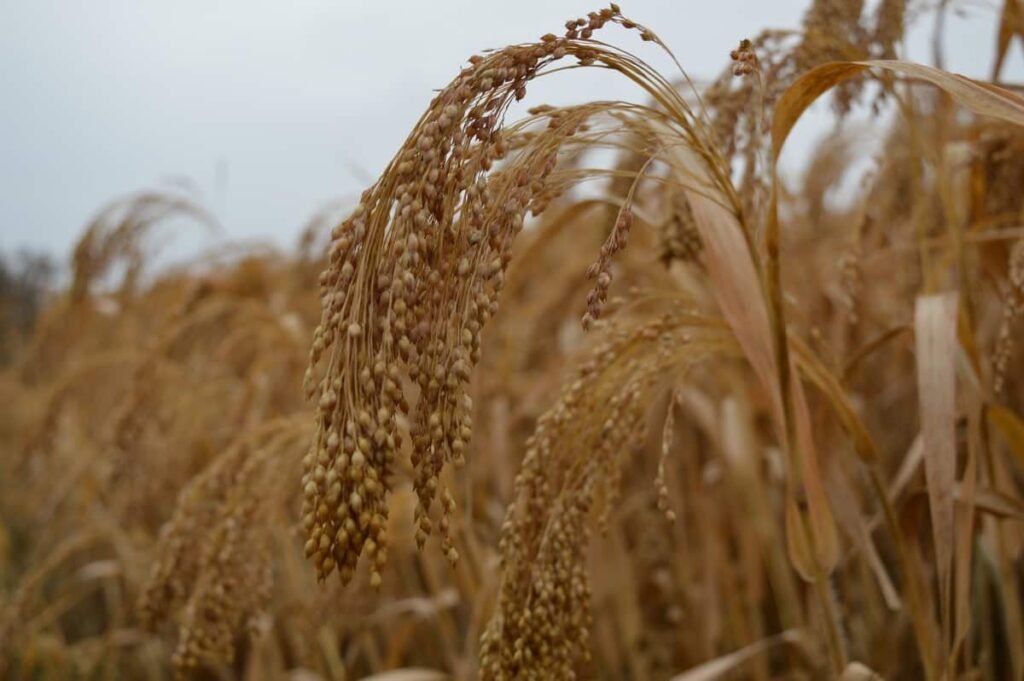
Little millet, with its naturally sweet taste, is a powerhouse of nutrition and healing. It is especially effective in supporting reproductive health, improving digestion, and preventing lifestyle diseases. This ancient grain, often overlooked, is now gaining popularity for its incredible medicinal properties.
Nutritional Benefits
High in dietary fiber
Rich in minerals like iron, magnesium, and phosphorus
Loaded with antioxidants
Gluten-free and easy to digest
Low in calories, high in nutrition
Health Benefits of Little Millet
- Balances Hormonal Health
Little millet plays a vital role in regulating hormones and addressing reproductive issues such as:- Polycystic Ovary Disorder (PCOD)
- Infertility in both men and women
- Low sperm count in men
- Irregular menstrual cycles in women
- Soothes Digestive Discomfort Works effectively to relieve:
- Acidity and chest burn after eating
- Sour belching
- Bloating and gastric pressure Indigestion and diarrhea
- Improves Bowel Movements
Its rich fiber content helps alleviate constipation and supports a healthy gut. - Supports Sexual & Reproductive Wellness
Aids in recovery from sexually transmitted infections and boosts reproductive vitality naturally. - Relieves Migraine and Headaches
Regular consumption can help reduce the frequency and severity of migraine attacks. - Heart-Friendly and Anti-Obesity
Helps control cholesterol levels, reduce body fat, and manage obesity-related complications. - Reduces Joint Pain & Inflammation
Especially beneficial for those suffering from arthritis, joint stiffness, or age-related joint pain. - Detoxifies the Lymphatic System
Helps cleanse lymph nodes, supporting overall immunity and body detox. - Cancer-Fighting Properties
Known to be helpful in reducing risks or managing:- Brain cancer
- Throat and thyroid cancers
- Blood-related cancers
- Pancreatic cancers
Suggested Use:
Include Little Millet in your diet as: Millet rice (as a rice replacement) Porridge or kheer Dose, idli, or upma Millet-based rotis or chapati Pair it with pulses, vegetables, or leafy greens for a wholesome, healing meal.
5. Browntop Millet:
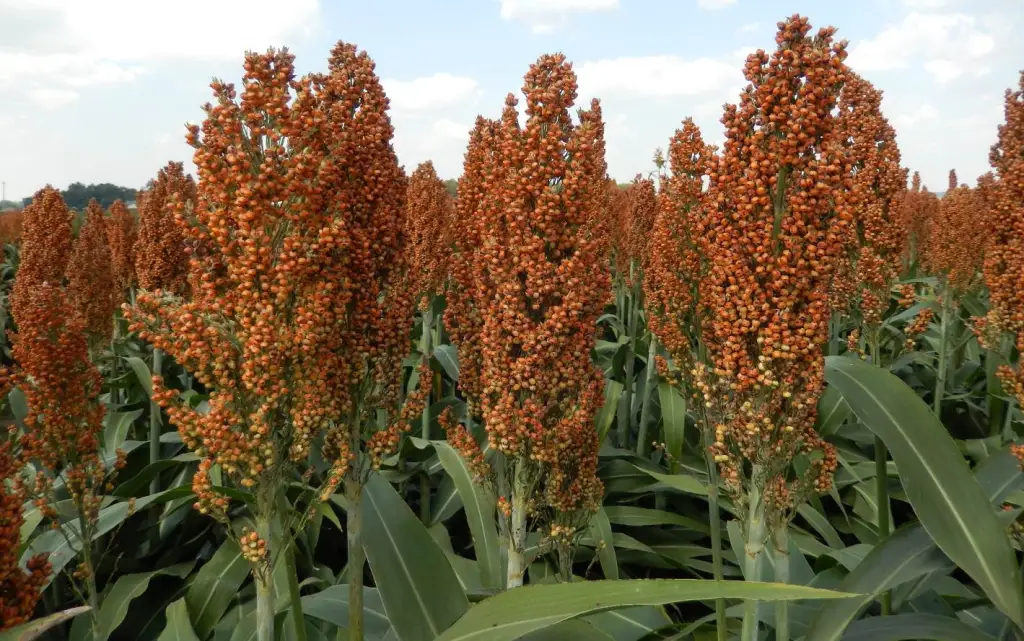
Of course! Here’s a reader-friendly version of your content on Browntop Millet, written in a simple, engaging style that’s easy to understand and appealing to general readers:
Browntop Millet: A Traditional Grain with Modern Health Benefits
Browntop millet is one of the oldest and most powerful traditional grains. Though small in size, it offers big health benefits and is especially helpful for people dealing with chronic health issues.
How to Use:
Before cooking, soak the grains in water for 6 to 8 hours. This softens them and makes digestion easier.
Health Benefits of Browntop Millet
- Good for Women’s Health
It helps with problems related to the ovaries and supports a healthy reproductive system. - Supports Stomach Health
Browntop millet is helpful in treating:- Fissures
- Piles
- Fistula
- Stomach ulcers It’s gentle on the stomach and improves digestion.
- Helps in Arthritis & Joint Pain
This millet reduces inflammation and supports people with arthritis and bone pain. - Controls Blood Pressure & Thyroid
Regular use may help in managing high B.P. and thyroid issues naturally. - Improves Eye Health
Rich in nutrients that help protect vision and maintain eye strength. - Supports Weight Loss
High in fiber, it keeps you full longer and helps manage obesity and unwanted weight gain. - May Help in Fighting Cancer
Some traditional beliefs and early studies suggest it may help prevent or support treatment of:- Brain cancer
- Blood cancer
- Breast and bone cancer
- Stomach and intestinal cancer
- Skin cancer
How to Eat Browntop Millet
Use it instead of rice for a healthier meal Make khichdi, upma, or porridge Add it to soups or make millet-based dosas
Final Thoughts
Browntop millet may be small, but its health power is mighty. It’s an excellent choice for anyone looking to eat clean, stay fit, and prevent long-term health problems — all by adding a simple, traditional grain to their diet.
Neutral Grains:
6. Pearl Millet (Bajra)
7. Finger Millet (Ragi)
8. Proso Millets
9. Great Millet
10. Desi corn
Negative grains
11. Paddy rice
12.Wheat
Health Benefits of Millets
1. Rich Source of Energy
- Cereals are high in complex carbohydrates, providing sustained energy.
- Whole grains release glucose slowly, preventing blood sugar spikes.
- Source: WHO – Healthy Diet
2. High in Dietary Fiber
- Improves digestion and prevents constipation.
- Reduces the risk of colon cancer and heart disease.
- Source: Harvard T.H. Chan School of Public Health
3. Heart Health
- Whole grains (like oats, barley) contain beta-glucan, which lowers LDL cholesterol.
- Reduces the risk of cardiovascular diseases.
- Source: American Heart Association
4. Helps Control Diabetes
- Low glycemic index (GI) cereals (like ragi, oats) regulate blood sugar.
- Source: Diabetes UK – Whole Grains
5. Weight Management
- High fiber content keeps you full longer, reducing overeating.
- Source: Mayo Clinic – High-Fiber Foods
6. Rich in Vitamins & Minerals
- Iron (prevents anemia), Magnesium (muscle function), B vitamins (metabolism).
- Source: NIH – Whole Grains and Health
7. Cancer Prevention
- Antioxidants and fiber in whole grains may reduce colon and breast cancer risk.
- Source: American Institute for Cancer Research
8. Bone Health (Especially Ragi)
- Ragi (finger millet) is rich in calcium, strengthening bones.
- Source: National Institute of Nutrition, India
9. Gluten-Free Options (For Celiac Disease)
- Millets (ragi, jowar, bajra) are gluten-free alternatives.
- Source: Celiac Disease Foundation
10. Improves Gut Health
- Acts as a prebiotic, promoting healthy gut bacteria.
- Source: Gut Microbiota for Health
Cultivation of Millets
Different cereals require specific climatic conditions:
| Cereal | Climate | Temperature | Rainfall |
|---|---|---|---|
| Wheat | Temperate | 15-20°C | Moderate |
| Rice | Tropical | 20-35°C | High |
| Maize | Warm | 18-32°C | 500-800mm |
| Ragi | Dry | Adaptable | Low |
Processing of Millets
- Cleaning – Removing stones & impurities.
- Hulling – Removing the outer bran layer.
- Milling – Grinding into flour.
- Fortification – Adding nutrients (e.g., fortified white rice).
Economic Importance
- 50% of global farmland is used for Millets production.
- Top producers: China, India, USA, Russia.
- Global trade value: Over $200 billion annually.
- Key to national food security.
Storage & Preservation
- Moisture control: Below 14% humidity.
- Pest control: Fumigation & sealed storage.
- Temperature control: Cool storage extends shelf life.
Cultural Significance
- India: Rice & wheat in festivals & rituals.
- China: Rice symbolizes prosperity.
- Mexico: Corn central to Mayan & Aztec culture.
- Europe: Wheat & barley form dietary staples.
Uses of Millets
- Human Food – Bread, rice, pasta.
- Animal Feed – 40% of cereals used for livestock.
- Biofuel – Ethanol production (especially corn).
- Industrial Uses – Starch, glucose syrup, bioplastics.
- Alcohol Production – Beer (barley), whiskey, vodka.
Whole Grains vs Refined Grains
Whole grains (retain bran, germ, endosperm) are healthier than refined grains:
✅ 3-4x more fiber
✅ 2-3x more vitamins & minerals
✅ Rich in phytochemicals
✅ Lower glycemic index
Challenges & Future of Millets
- Climate Change – Affects crop yields.
- Population Growth – 60% more cereals needed by 2050.
- Water Scarcity – Rice & wheat require high water.
- Biotechnology – Developing drought-resistant & nutrient-rich grains.
Conclusion
Millets are the foundation of human civilization, providing nutrition, economic stability, and cultural significance. Whole grains like brown rice, ragi, and oats offer superior health benefits. Sustainable farming and smart consumption will ensure food security for future generations.

